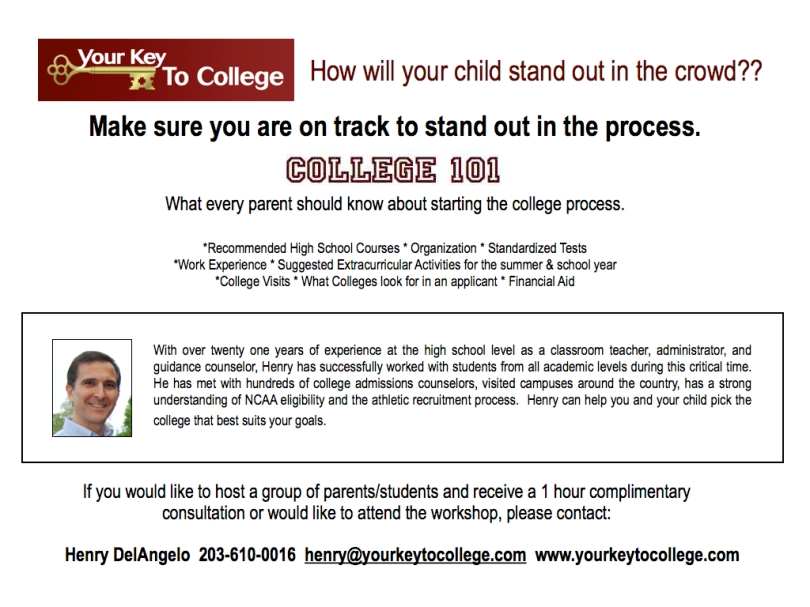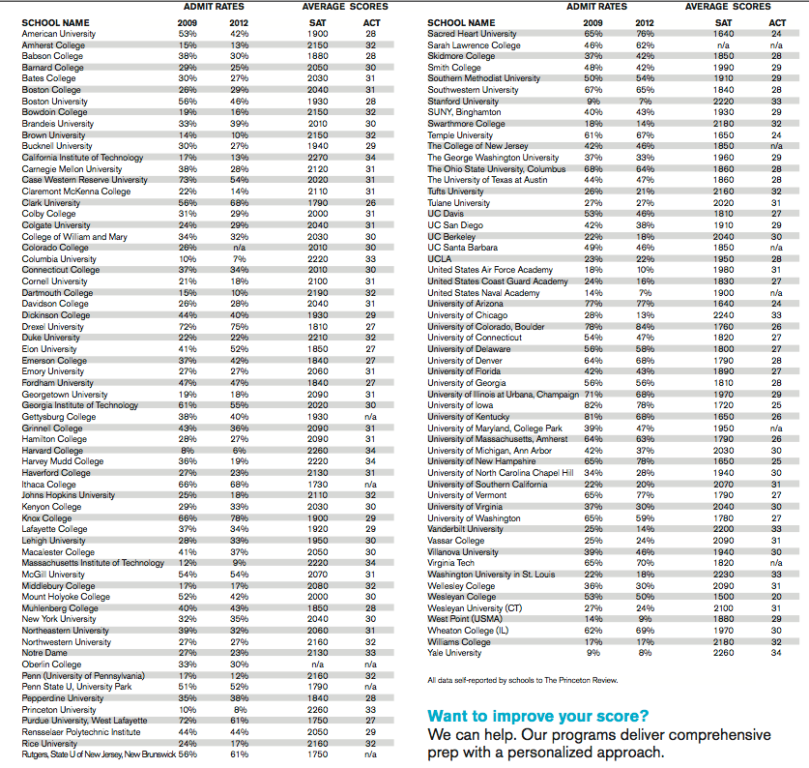
Now that the Common Application and all other electronic applications for schools are live for the 2012-2013 school year seniors everywhere should be hard at work writing their college essay. It is hard enough for many students to write an essay, let alone write one that will have significant impact on their future and keeping it to 500 words or less. According to all of the college admission counselors I have spoken to, the essay is very important and as such they recommend putting in time, care, and effort to craft your best work. This is designed to get a sense of the writer so be careful not to have too much outside influence on the writing. Having a good proofreader and editor is fine, but relying on another to do the majority of the work is not.
I often hear from students the hardest part of this process is getting the essay started. Often times students will spend hours sitting in front of a blank screen agonizing over how to start. Here are a couple of things to do to get started. Colleges will usually give you a few topics to choose from or allow you to write on a topic of your choice.
-Take time to free write; just write about anything to get the juices flowing.
-Write on a couple of topic and see which one flows more easily.
-Brainstorm and have fun with it, do not take it so seriously at first, there is plenty of time to revise and edit later.
-Make a bulleted list of things you feel should be included in the essay.
-Organize your time and pace yourself this is not race. Establish work sessions with definite begin times and end times, this way you do not get frustrated. Writing is a process and there is plenty of time this month to get this task done.
-Listen to some background music.
-Use technology. The Google Chrome browser and programs like Dragon Dictation are speech to text applications where you can just talk and have the words appear on the screen. I have seen many students have the ability to express what they want to say verbally but have a hard time in writing or typing the ideas down. Once you are done dictating you can go back and revise and edit.
-If you do not have the ability of using the technology above have someone sit with you and just type what you are saying.
Remember no matter which topic you chose to write on be sure the essay is appropriate to your audience and shows the reader something about you that might be seen else where in the application or strongly supports who you are and why you would be a great choice for their school.




